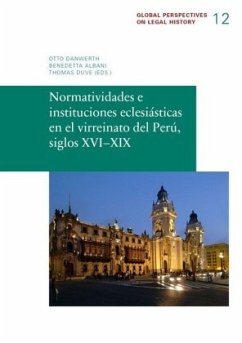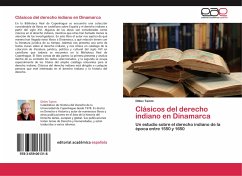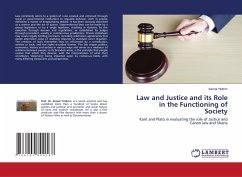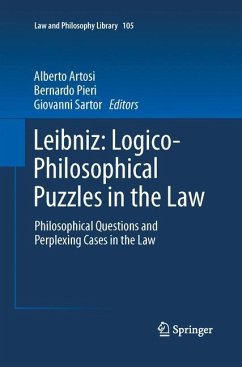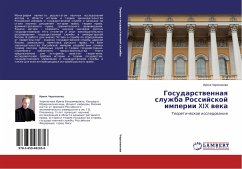Ecclesiastical institutions and actors were essential for the formation of normative orders in early modern Ibero-America. However, both legal historiography, due to its strong legalistic, state-centered imprint, and general historiography on colonial times, more inclined towards secular law, have only rarely discussed the contribution of ecclesiastical normativity to the formation of that normative texture which has been called 'derecho indiano'.
In light of that situation, the Max Planck Institute for European Legal History organized a series of seminars in different Latin American cities in order to offer an interdisciplinary forum dedicated to the research of ecclesiastical normativities and institutions in Ibero-America between the 16th and 19th centuries. The present volume is the second one in a series of publications that document the results - approved in a peer-review-evaluation - of this cycle of seminars celebrated in Mexico City, Lima, Bogotá, and São Paulo.
From its foundation in 1543 and until the 18th century, the Viceroyalty of Peru covered nearly the entirety of Spanish South America from Panama to Chile, with the exception of Venezuela. This book does not pretend to offer an exhaustive, comprehensive investigation but its eight specific case studies do analyze certain significant ecclesiastic institutions and their normativities in different spaces of the viceroyalties of Peru and of Río de la Plata between the 16th and the early 19th centuries. These places, today located in the nation states of Peru, Bolivia, Argentina and Chile, belonged to the archdiocese of Lima and that of La Plata/Charcas.
In light of that situation, the Max Planck Institute for European Legal History organized a series of seminars in different Latin American cities in order to offer an interdisciplinary forum dedicated to the research of ecclesiastical normativities and institutions in Ibero-America between the 16th and 19th centuries. The present volume is the second one in a series of publications that document the results - approved in a peer-review-evaluation - of this cycle of seminars celebrated in Mexico City, Lima, Bogotá, and São Paulo.
From its foundation in 1543 and until the 18th century, the Viceroyalty of Peru covered nearly the entirety of Spanish South America from Panama to Chile, with the exception of Venezuela. This book does not pretend to offer an exhaustive, comprehensive investigation but its eight specific case studies do analyze certain significant ecclesiastic institutions and their normativities in different spaces of the viceroyalties of Peru and of Río de la Plata between the 16th and the early 19th centuries. These places, today located in the nation states of Peru, Bolivia, Argentina and Chile, belonged to the archdiocese of Lima and that of La Plata/Charcas.

